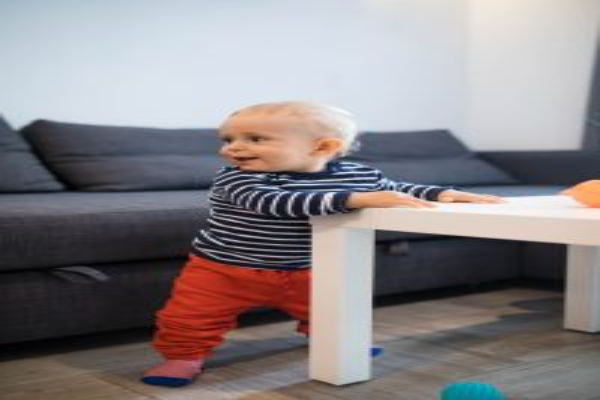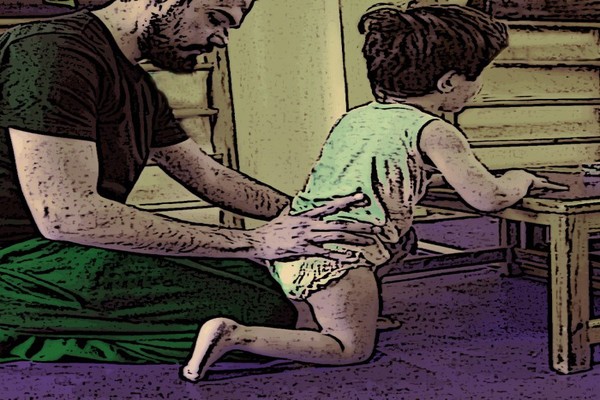Neurodevelopmental Physical Therapy Improves Spasticity, But Not Movement, in Children With CP, Study Reports

A physical therapy approach known as neurodevelopmental treatment can improve shaking but not movement in children with cerebral palsy, according to a South Korean study.
The study, published in the Journal of Physical Therapy Science, was titled “Effect of neurodevelopmental treatment-based physical therapy on the change of muscle strength, spasticity, and gross motor function in children with spastic cerebral palsy.”
Children with CP often experience movement-related problems. These include muscle weakness, spasticity, a limited range of motion, and loss of some movement functioning. Spasticity is stiffness or tightening of muscles that leads to involuntary movements.
Physical therapy is often necessary to address movement problems, but researchers have disagreed on the best approach.
Neurodevelopmental treatment, or NDT, is a hands-on approach to improving movement in patients with CP, stroke, or head injury. It involves guiding a patient’s movements. Proponents say it allows a physical therapist to assess and analyze movements while training patients.
South Korean researchers decided to investigate the effects of a year of NDT physical therapy on the muscle strength, spasticity, and movement of children with CP.
The study included 175 children with spastic cerebral palsy, aged 3 to 18. The children had NDT physical therapy 35 minutes a day, two to three times a week, for a year. The research team measured muscle strength, spasticity and movement abilities before and after the therapy.
Researchers used the Gross Motor Functional Classification System (GMFCS) to categorize patients’ movement functioning. Under this system, the higher the category, the worse the patient’s disability.
The majority of patients — 112 — were classified as level III-V. Sixty-three patients were categorized as level I-II.
After a year of the therapy, researchers discovered that only changes in patients’ spasticity were significantly different: It decreased. There were no changes in their muscle strength or movement abilities.
Spasticity differed between the GMFCS levels, researchers added. It decreased more among children classified as GMFCS III-IV than in those classified as I-II. In contrast, muscle strength in children at GMFCS levels I–II improved more than in levels III–V. No significant improvement in movement ability was seen in either group.
“Neurodevelopmental treatment-based physical therapy in children with cerebral palsy seems to be effective in reducing spasticity, but does not improve gross motor function,” the team wrote. “Therefore, other interventional approaches are needed to improve gross motor function [movement ability] in children with cerebral palsy.”
Πρόσφατα Άρθρα

From Baby’s First Steps to Walking on Their Own
Your Walking Questions, Answered
Walking is an important marker of healthy development for your baby—and an exciting new way for them to explore! Not only is it essential for physical de...

No Time for TV: Activities for Kids that Say “I’m bored”
Nasty weather can sometimes keep kids stuck inside. Being cooped up inside can be frustrating for kids and parents. Often children spend more time using screens like TV and tablets than they normal...

Φυσικοθεραπεία στην εγκεφαλική παράλυση
Εγκεφαλική παράλυση και κίνηση
Όλα τα παιδιά με εγκεφαλική παράλυση εξ’ορισμού παρουσιάζουν δυσκολίες στην αδρή κινητική λειτουργία, δηλαδή στην ικανότητα βάδισης και μετακίνησης. Μελέτε...
